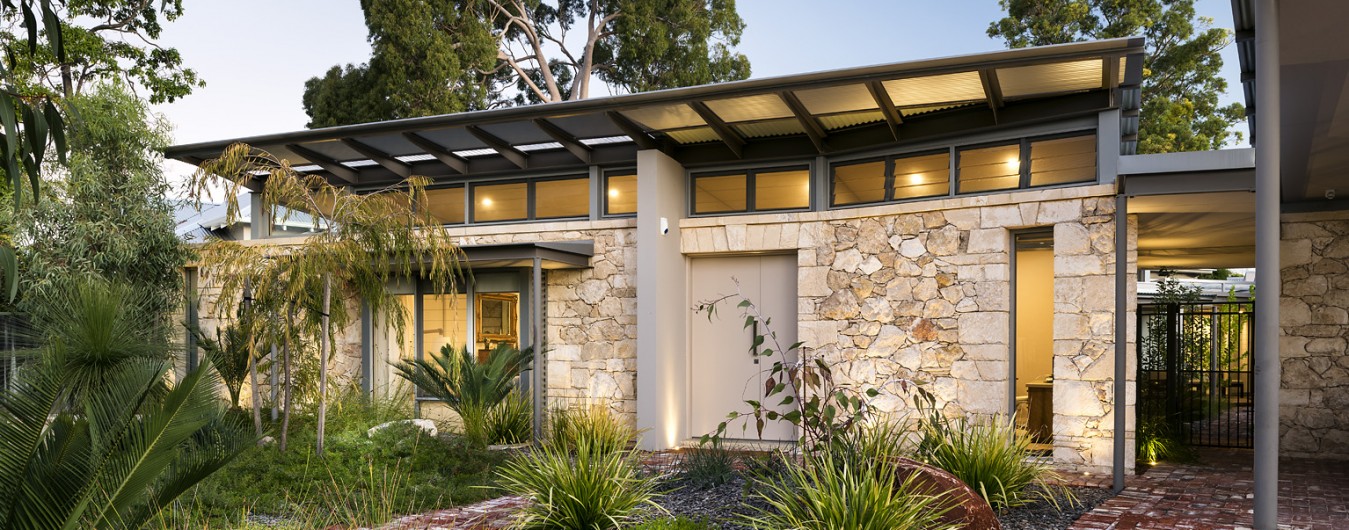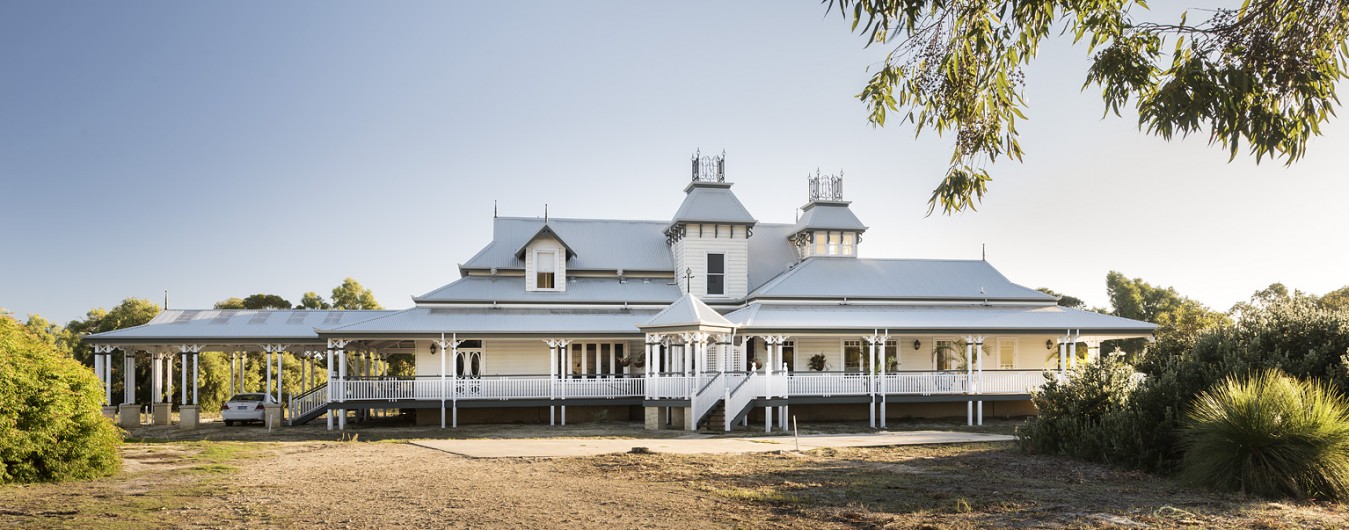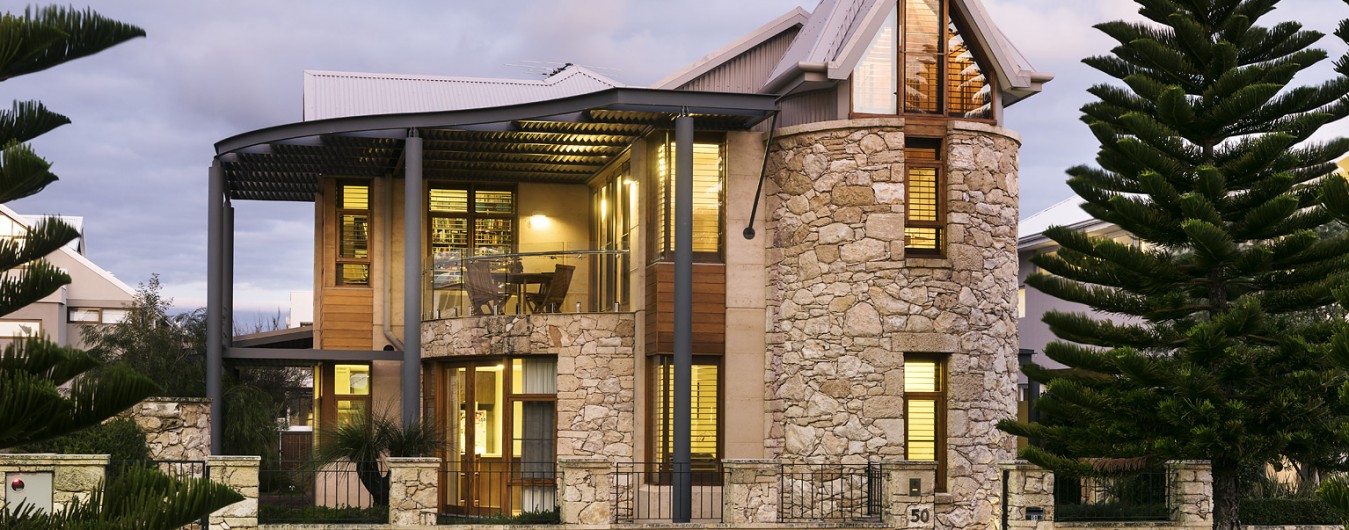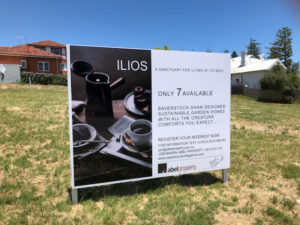Passive Solar Homes are naturally resistant and safe havens for bush fires if designed correctly
Ecotect- Architects are offering a Free Architectural Advisory Service for those affected in Bush Fire Regions across Australia.
The architects at Ecotect-Architects have banded together to help the community by offering a 1 hour Free of Charge consultancy to improve a person’s planning strategy, before embarking on a new project or retro for re-buildings after fire catastrophe, or those considering building in fire risk areas as well as retrofitting your home for natural comfort using passive solar principles and increasing fire resilience.
Please see an article we published recently on the NatSCOPE and NEXUS Architectural websites for ideas – http://nexusarchitectural.com/what-can-architects-do-to-help-with-bush-fires-the-answer-is-plenty/
Phone our team for a face to face chat if you are located in the Perth region, or we can arrange a skype session for regional WA and other States.
Insurance Companies
Ecotect-Architects will also extend this free service to all insurance companies and their customers to help make sure such damage is quelled in the future. We understand compliance, but also good fire proofing design.
Building solar homes are part of the answer to reducing fire damage risk. In Perth WA we are building a multi- home project which demonstrates all these principles. There is zero risk that these homes would ever catch fire. Our mass houses do not burn! Our passive solar houses always are superior to all other planning solutions, not just for energy conservation but also fire, and sustainable economics generally with inter-generational appeal.












